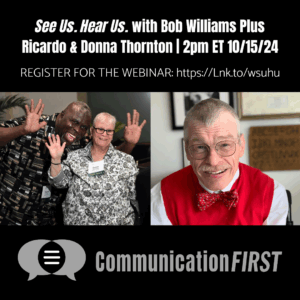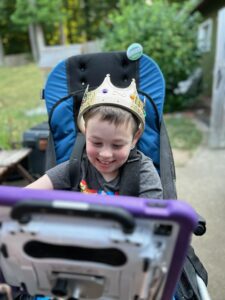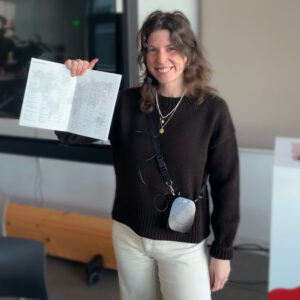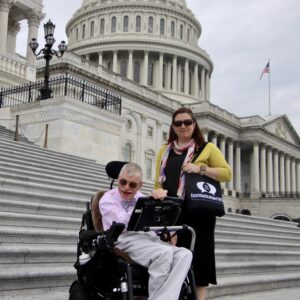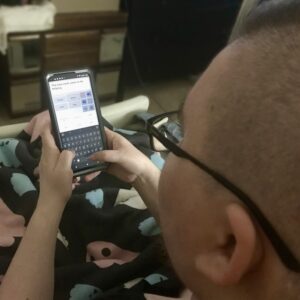This page contains resources, announcements, guest blogs, essays, videos, and other stuff. Come back often!
This webinar first aired on October 15, 2024, and begins with a screening of CommunicationFIRST’s latest See Us, Hear Us film featuring Bob Williams. It is followed by a discussion among CommunicationFIRST Policy Director Bob Williams, Forest Haven Institution survivors Ricardo Thornton and Donna Thornton, and advocate and ally Rebecca Salon.
Read MoreEarlier this week, Virginia adopted its first law expressly addressing augmentative and alternative communication (AAC). Read our summary and statement of the law here.
Read MoreRead CommunicationFIRST’s statement in response to the planned elimination of the Administration for Community Living.
Read MoreMedicaid is at risk! Your elected representatives need to hear how losing your Medicaid waiver would change your life. This Policy Advocacy for AAC Users toolkit provides some tips.
Read MoreShare how Medicaid cuts would hurt you or those around you who need Medicaid to stay in the community. We put together some resources from our amazing partners to make this easy!
Read MoreSophie Bohnen navigates the world with a whisper. When Sophie developed Laryngeal Dystonia, she adopted a voice amplification device and found her voice in advocacy. Sophie is creating a platform for people who go unheard to share their stories.
Read MoreTyping with his toes is one way our Board Director Tim Jin communicates. Tim’s key(board) to success has been embracing change in AAC technology! Learn more from his AAC Research Summit talk.
Read MoreIn celebration of Bill of Rights Day, Bob Williams reflects on the power free expression holds for those of us who cannot rely on speech alone to be heard and understood.
Read More
